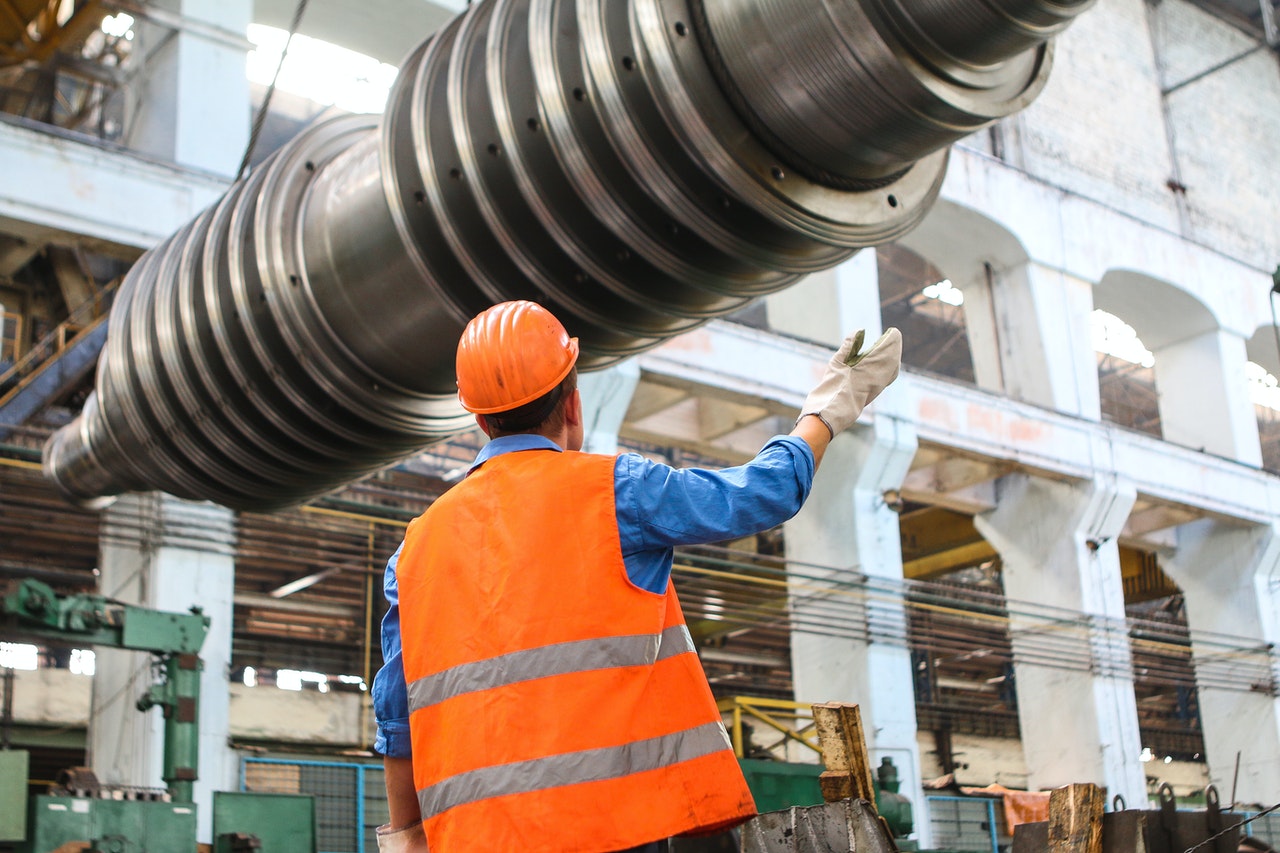
Hoisting Signals Demonstration Demonstrate Demonstrate the hoisting signals below with your crew. Ask them to show you the signals for “Load Up,” “Turn Right,” and “Use Main Line.” Ask them […]

Hoisting Signals – Basic Rules Explain dangers In hoisting operations, miscommunication between the signaller and the operator can lead to injuries, fatalities, and property damage. Identify controls If you’re going […]
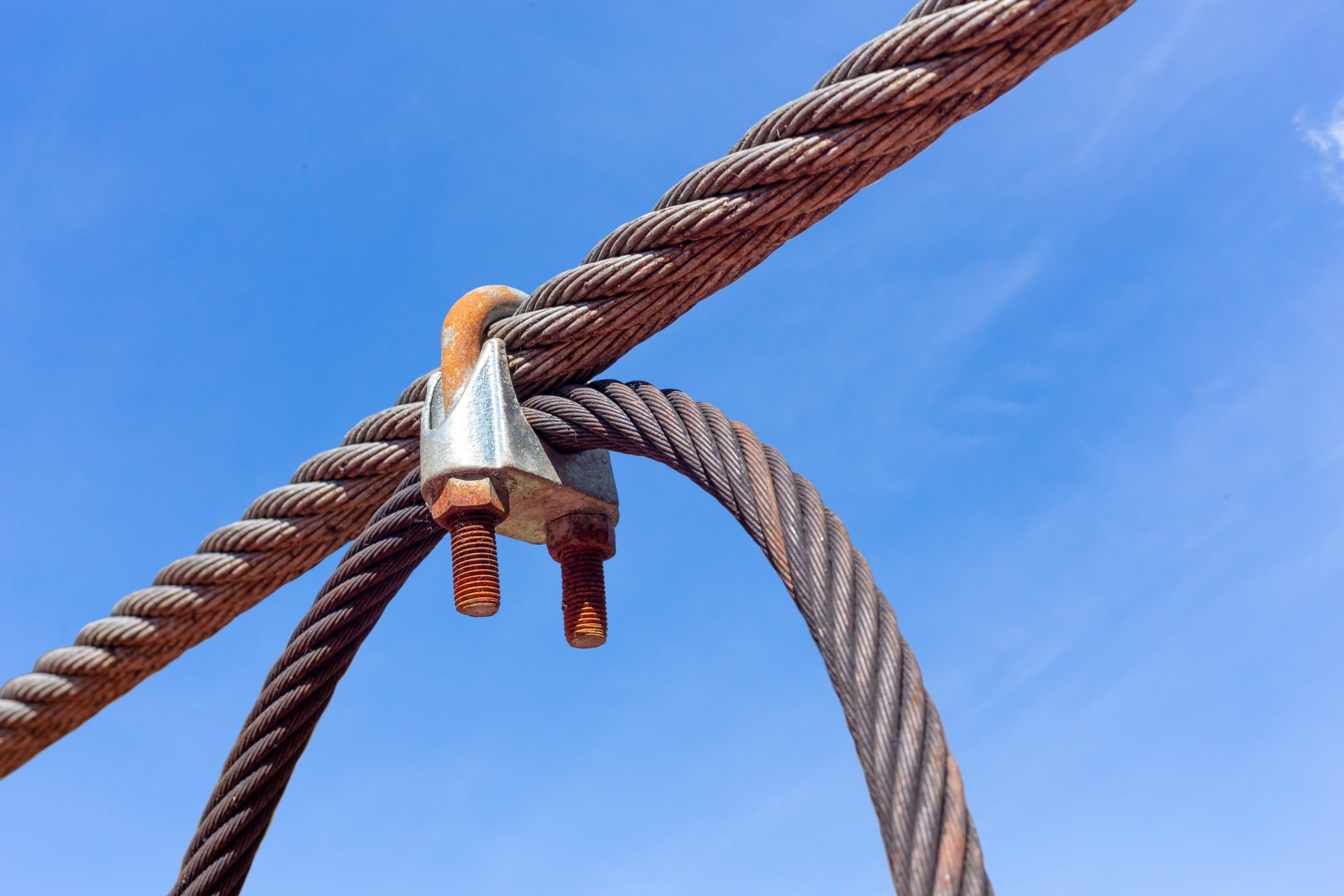
Wire Rope Cable Clips Explain dangers There’s only one right way to install u-bolt cable clips when you want to get the maximum efficiency—up to 85%—out of a prepared loop […]
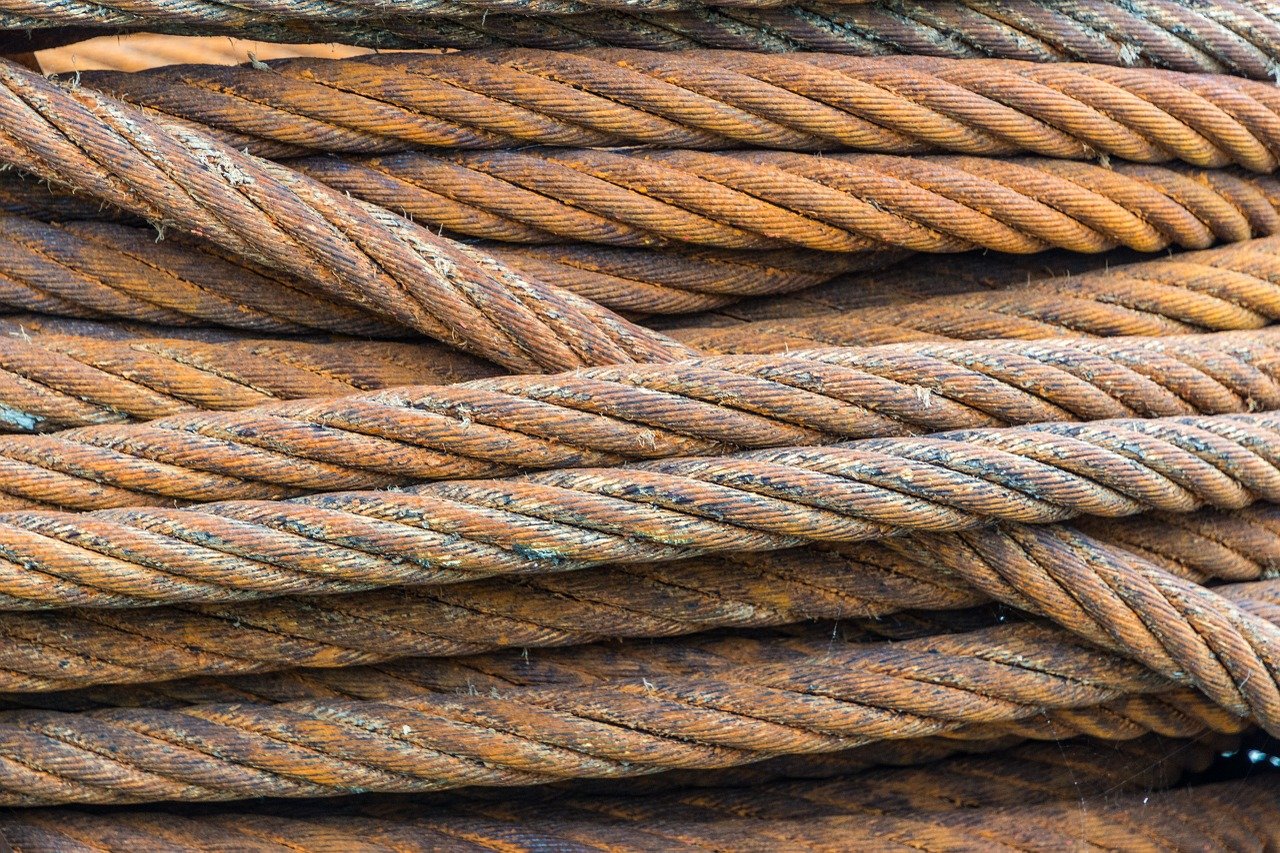
Wire Rope Inspection Explain dangers Damage from wear and tear can reduce rope strength and capacity, endangering workers who rely on the rope. Identify controls Wire rope in continuous service […]
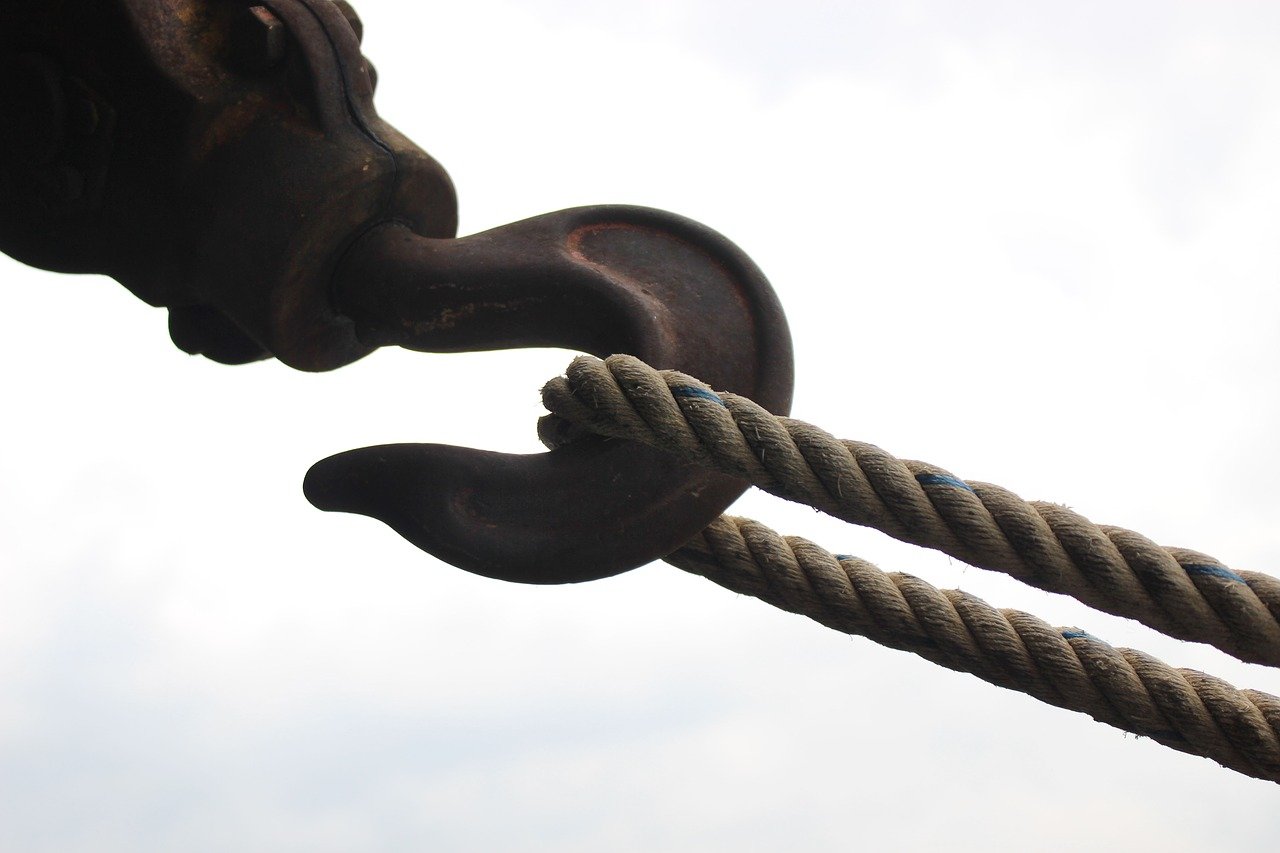
Rigging Hardware Explain dangers Rigging is only as strong as its weakest link. Workers’ lives depend on the strength of that link. It doesn’t matter what safe working load is […]
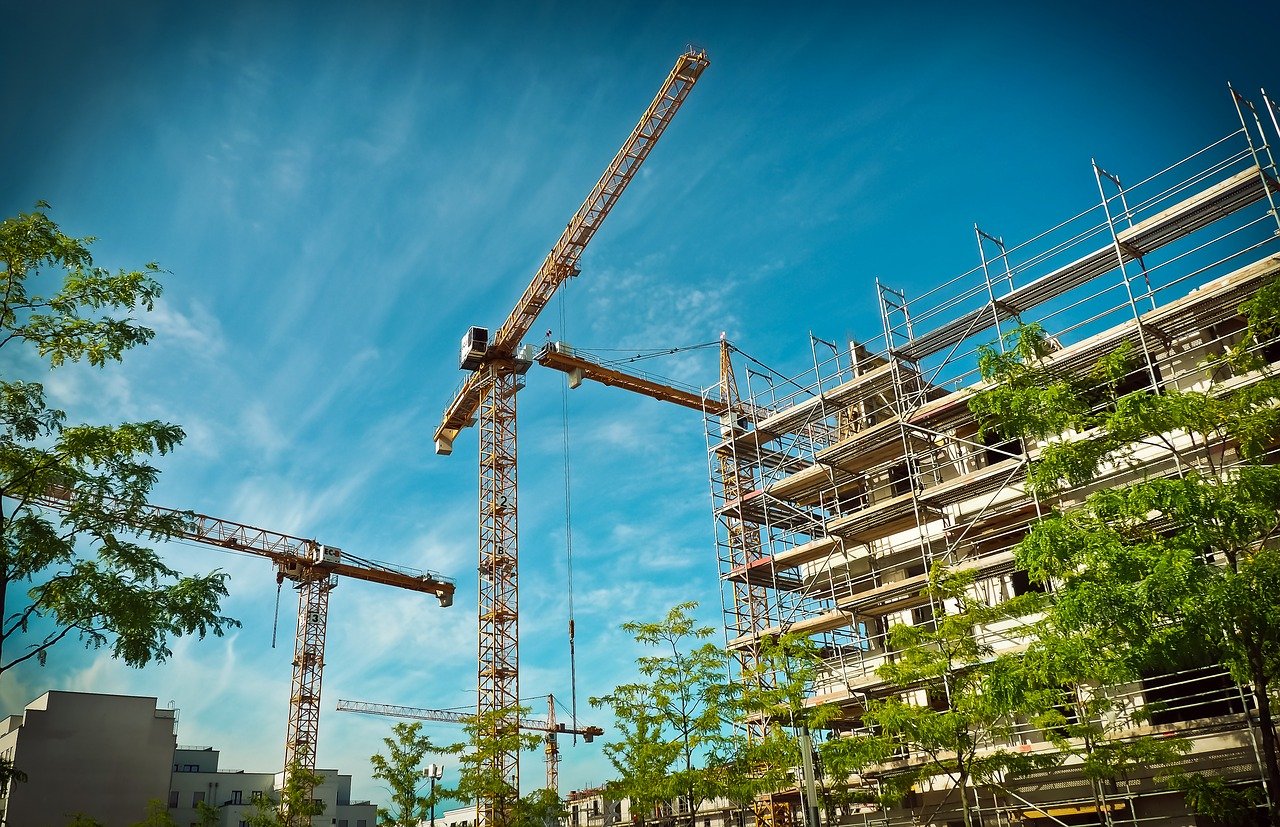
Formwork – Leading Edge Explain dangers In the high-rise formwork industry, nearly 23 per cent of all lost-time injuries are caused by falls. Most of these injuries result in sprains […]

Flying Forms – Working at Heights Hazards Explain dangers Flying forms can save time and, in some cases, are safer than using built-in-place methods. However, flying forms have some significant […]

Floor and Roof Openings Explain dangers If proper guarding is not in place, workers can be exposed to falls when working around floor and roof openings. Avoiding such hazards may […]
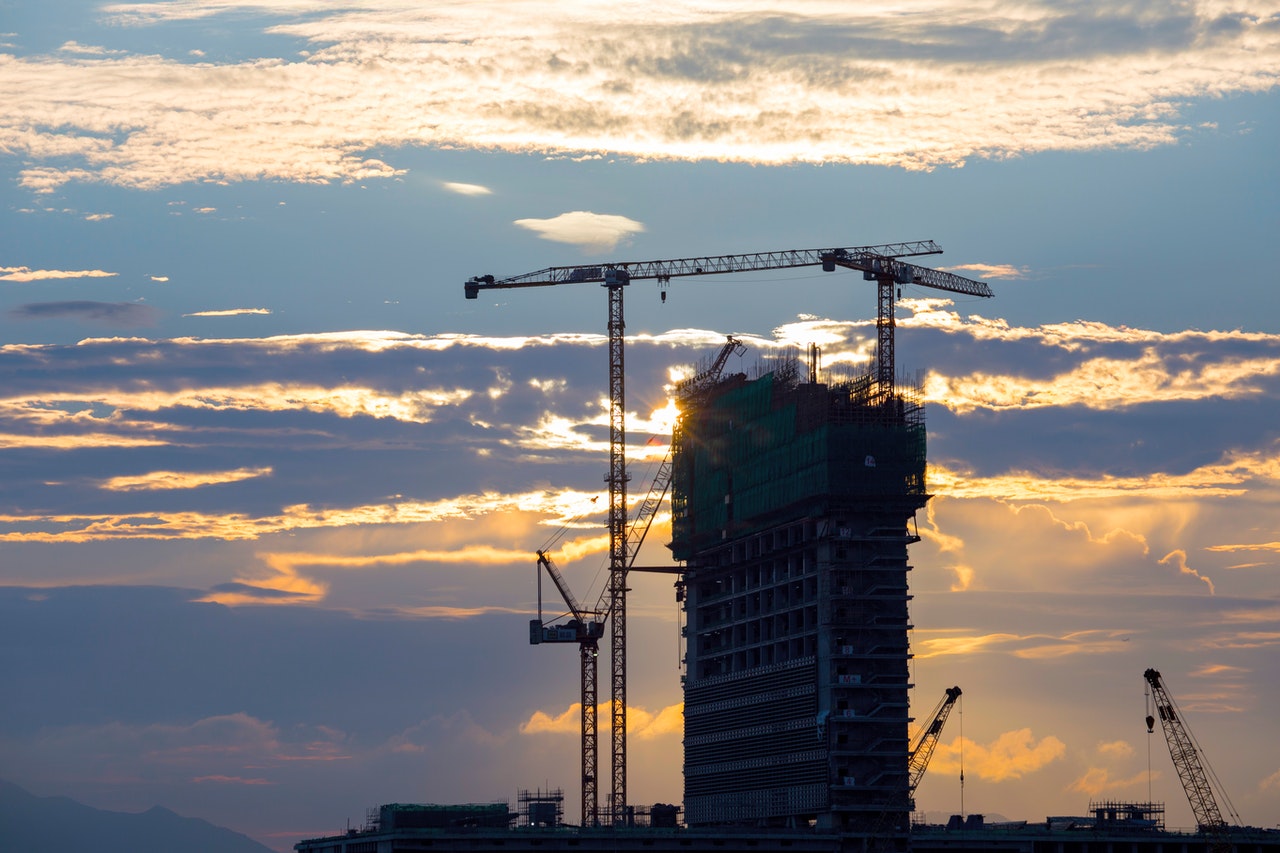
Suspended Access Equipment – Counterweights Explain dangers Without the right number of counterweights, suspended access equipment (SAE) can fail, leading to injury or death. Identify controls Here’s how to calculate […]
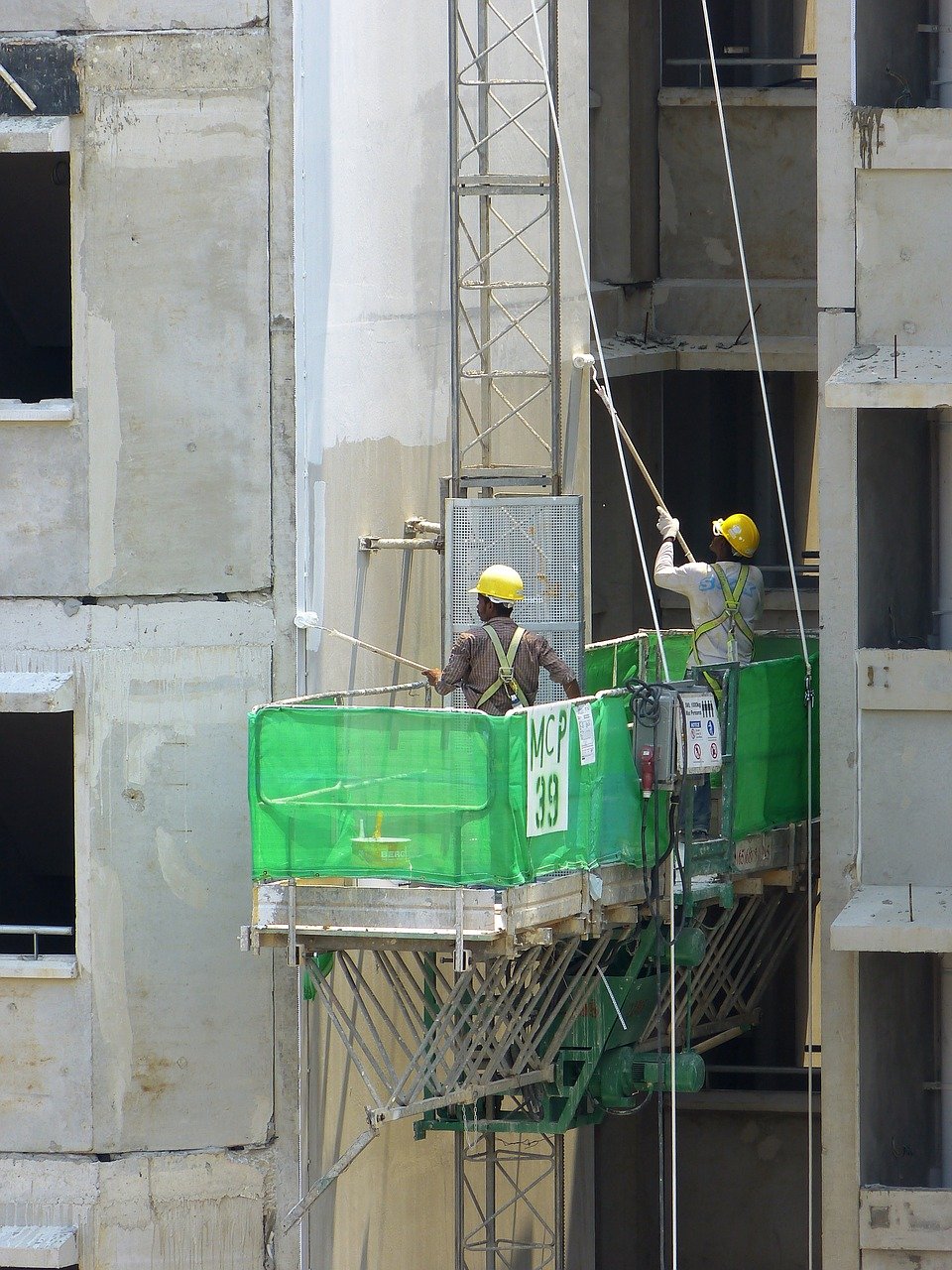
Suspended Access Equipment – Tiebacks Explain dangers Suspended access equipment (SAE) can fail if you don’t set up all of the components properly, such as tiebacks. Improper setup can lead […]
